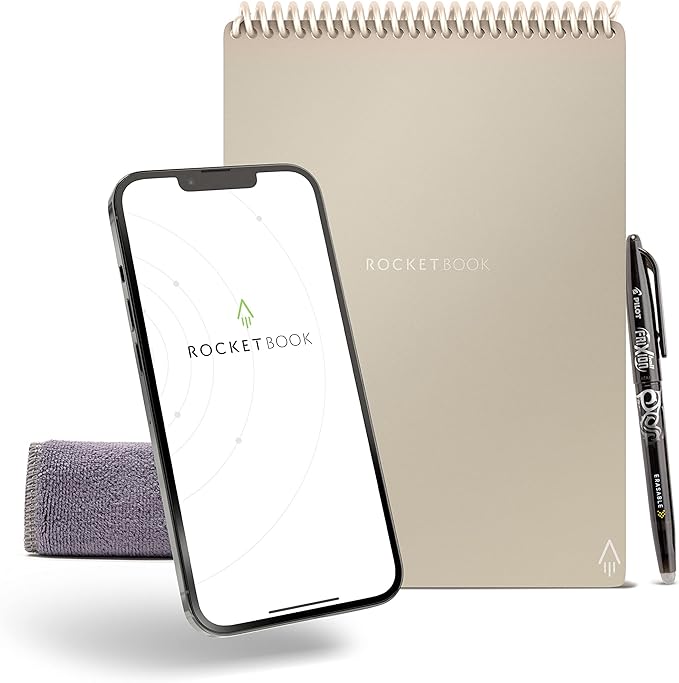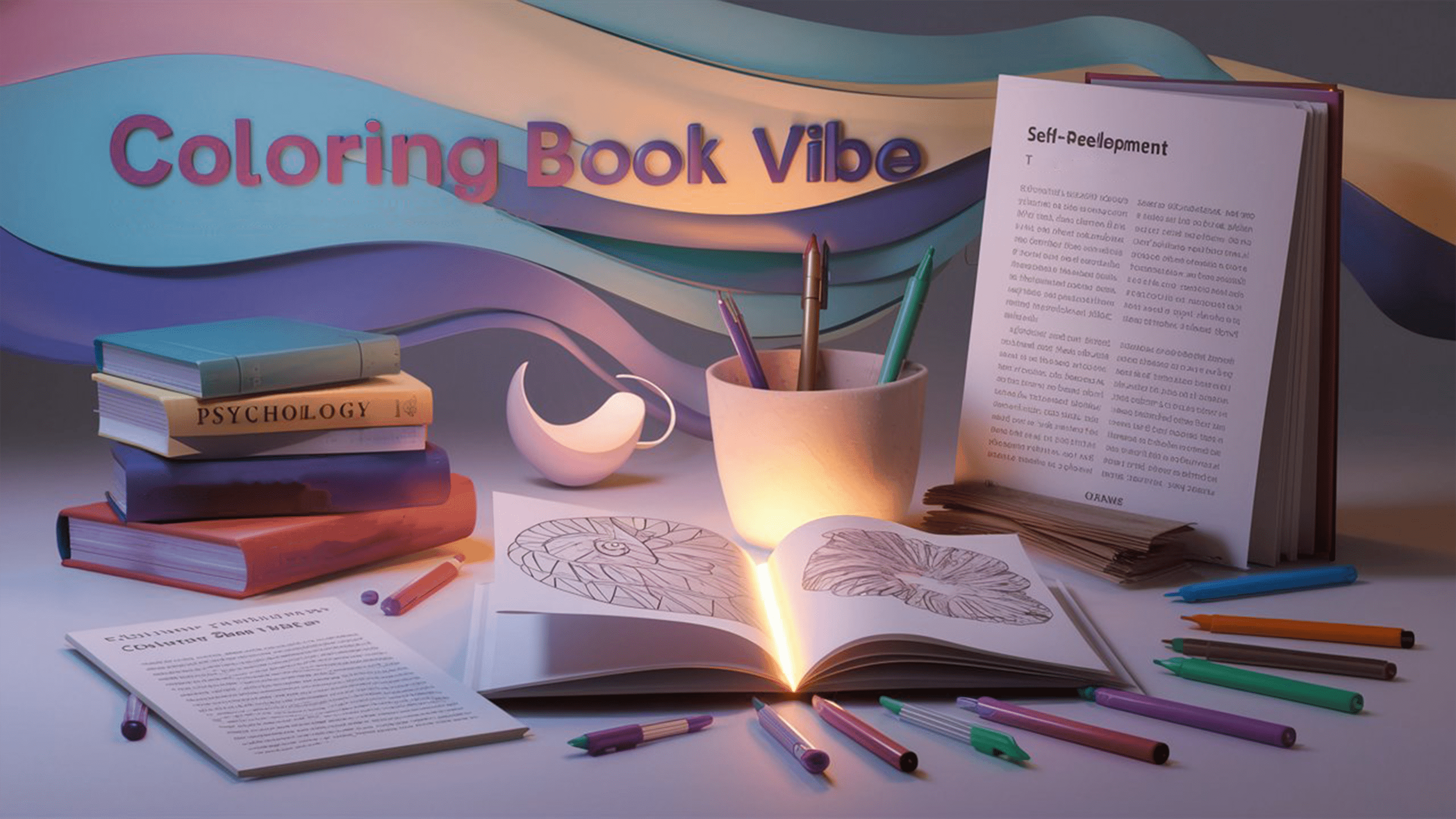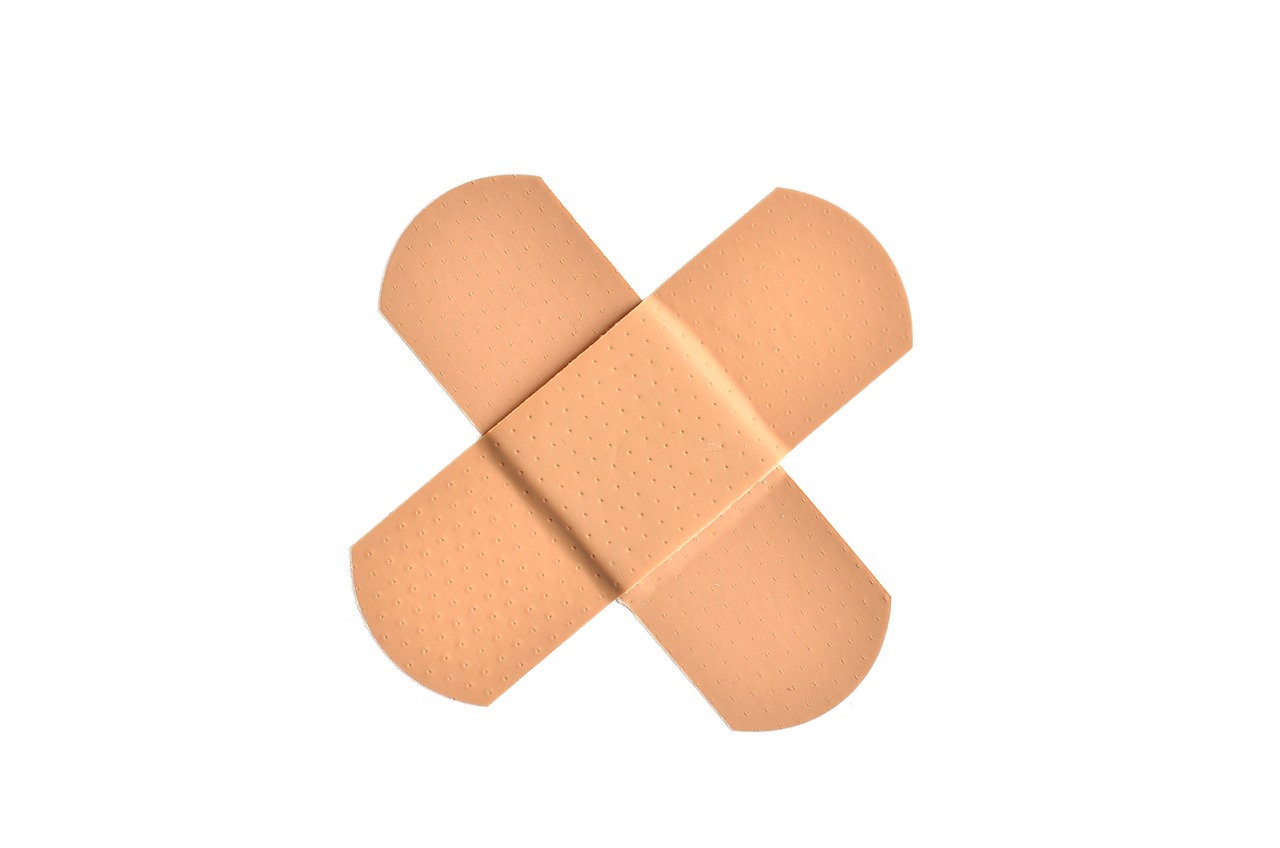Trauma can leave deep emotional scars, often manifesting in overwhelming feelings of distress, anxiety, and fear. While therapy and support from loved ones play a critical role in healing, there is another powerful tool that can help individuals process trauma—journaling. Writing down thoughts, emotions, and experiences can be a transformative experience that helps individuals gain clarity, release pent-up emotions, and start on a path to healing. In this article, we will explore how journaling can help process trauma, provide techniques for effective trauma journaling, and highlight the benefits of creative writing for healing.
Keywords: journaling to process trauma, creative writing for healing, trauma recovery, emotional healing through journaling, trauma therapy, writing to heal
What Is Trauma?
Keywords: understanding trauma, psychological trauma, types of trauma
Before delving into how journaling can aid in trauma recovery, it is essential to understand what trauma is. Trauma can be described as a deeply distressing or disturbing experience that overwhelms an individual’s ability to cope. Traumatic experiences can vary in nature—from physical accidents, the loss of a loved one, and abusive relationships to natural disasters or witnessing violence.
Psychological trauma often leads to emotional and mental consequences such as post-traumatic stress disorder (PTSD), anxiety, depression, and a sense of disconnection from one’s emotions and the world around them.
How Journaling Helps in Trauma Recovery
Keywords: trauma recovery through writing, therapeutic journaling, journaling for trauma processing
Journaling can be a potent tool in trauma recovery because it provides a safe, private space to express thoughts and emotions. Here’s how journaling contributes to trauma healing:
1. Emotional Release
One of the most significant benefits of journaling is emotional release. Trauma survivors often struggle with bottled-up emotions, which can manifest as anxiety, anger, or even numbness. Writing provides a constructive outlet for these feelings, allowing individuals to release the emotions associated with their traumatic experiences.
Example: A person who experienced the loss of a loved one may feel trapped in their grief. Through journaling, they can express their feelings of sadness, anger, or confusion, which helps to unburden the emotional weight.
2. Processing the Trauma
Trauma can feel chaotic, and individuals may have difficulty making sense of their experiences. Journaling allows individuals to process the trauma by organizing their thoughts and emotions. By writing down what happened and how they felt, individuals can gain a clearer understanding of their experiences, which is a crucial step toward healing.
Example: Writing about a traumatic event helps individuals identify patterns in their emotional responses, which can provide insight into why they feel a certain way.
3. Gaining Control Over the Narrative
Trauma can leave individuals feeling powerless. By journaling, individuals regain control over their narrative. Instead of feeling like a victim, journaling allows individuals to tell their story in their own words. This shift in perspective can be empowering, helping individuals reclaim their sense of self and agency.
Example: Someone who experienced emotional abuse may feel controlled by the memory of their abuser. Writing about their experience allows them to redefine themselves as survivors rather than victims.
4. Tracking Emotional Progress
Journaling offers an opportunity to track emotional progress over time. By regularly writing about their feelings, individuals can reflect on how their emotions change and evolve during their healing journey. This self-awareness can provide motivation and validation that healing is occurring, even if progress seems slow.
Example: A journal entry from months ago may reveal intense emotions, while a more recent entry might show greater emotional clarity or resilience.
5. Expressing the Unspeakable
Often, trauma survivors find it difficult to talk about their experiences due to fear, shame, or societal pressure. Writing offers a private, judgment-free space where individuals can express thoughts or emotions they might not feel comfortable sharing with others. This uncensored expression helps trauma survivors confront the feelings they’ve been suppressing.
Example: A survivor of sexual assault may struggle to talk openly about their experience but can pour their emotions and memories onto paper without fear of being judged.
Techniques for Trauma Journaling
Keywords: trauma journaling techniques, writing prompts for healing, effective journaling for trauma
While journaling can be a natural process for some, others may need guidance to make it a productive and healing practice. Here are some techniques and prompts that can help individuals get the most out of trauma journaling:
1. Free Writing
Free writing is an effective technique for trauma journaling because it allows individuals to write without constraints or censorship. In free writing, the goal is to write continuously for a set period without worrying about grammar, structure, or coherence. This technique encourages a stream-of-consciousness approach that helps individuals access deep, often suppressed emotions.
How to Practice Free Writing:
- Set a timer for 10-15 minutes.
- Write down whatever comes to mind without stopping, even if it seems unrelated to your trauma.
- Afterward, review what you’ve written to see if any themes or emotions stand out.
2. Guided Journaling with Prompts
For individuals unsure of how to begin, guided journaling with prompts can be helpful. Prompts provide direction and focus, making it easier to reflect on specific aspects of the trauma.
Examples of Journaling Prompts for Trauma:
- Describe how the traumatic event made you feel at the time. What emotions did you experience?
- How has the trauma impacted your daily life or relationships?
- What are some of the most challenging emotions you’re dealing with right now?
- What would you like to say to the person or situation that caused your trauma?
- What lessons have you learned from this experience, and how have you grown?
3. Letter Writing
Another effective journaling technique for processing trauma is writing a letter to someone involved in the traumatic event, whether it’s the person who caused the trauma or even a version of yourself. The goal isn’t necessarily to send the letter but to articulate your feelings.
Example: Write a letter to your younger self, offering advice or comfort based on what you’ve learned since the traumatic event.
4. Rewriting the Story
For individuals who feel trapped by their trauma narrative, rewriting the story can be empowering. This technique involves recounting the traumatic event but with a new ending or perspective. It can help individuals see themselves as resilient survivors rather than victims.
The Role of Creative Writing in Trauma Healing
Keywords: creative writing for trauma, healing through storytelling, writing therapy for trauma
Creative writing, such as poetry, fiction, or metaphorical stories, is another powerful avenue for healing. Creative writing allows individuals to express their trauma indirectly, which can feel safer than writing about the experience directly. Metaphors and fictional characters provide a layer of distance, making it easier to process difficult emotions.
1. Using Fiction to Explore Emotions
Writing fiction allows trauma survivors to explore their emotions without confronting the trauma head-on. They can create characters who experience similar situations or feelings, using their narrative as a means of self-reflection and healing.
Example: A trauma survivor might write a story about a hero who overcomes a great challenge, symbolizing their own resilience and recovery.
2. Poetry as a Healing Tool
Poetry is another form of creative writing that helps individuals express complex emotions concisely and powerfully. The rhythm and structure of poetry offer a sense of order and control, which can be particularly beneficial for trauma survivors who feel overwhelmed by chaos.
Example: Writing a poem about a traumatic memory can help individuals explore the emotions tied to the memory while finding new meaning in their experience.
3. Storytelling to Reclaim Control
Storytelling is central to how we understand and make sense of the world. For trauma survivors, telling their story—whether in journal form, creative writing, or verbally—can be a way to regain control over the narrative. Instead of feeling defined by the trauma, individuals can reshape their story to reflect growth, healing, and resilience.
The Benefits of Journaling and Creative Writing for Trauma Healing
Keywords: benefits of journaling, journaling for emotional well-being, writing for mental health
The benefits of journaling and creative writing for trauma healing are backed by scientific research. Studies have shown that writing about traumatic experiences can lead to:
- Reduced Stress and Anxiety: Expressive writing has been linked to lower levels of stress and anxiety, as it helps individuals process and release pent-up emotions.
- Improved Emotional Clarity: Writing helps individuals gain clarity about their emotions, enabling them to understand their feelings better.
- Enhanced Mental Resilience: Journaling helps individuals develop coping mechanisms, improving their mental resilience.
- Physical Health Benefits: Research has shown that journaling about trauma can lead to improvements in physical health, including a stronger immune system and lower blood pressure.
Conclusion
Keywords: trauma recovery through journaling, healing through creative writing, journaling for trauma healing
Journaling and creative writing provide invaluable tools for trauma recovery. Whether through free writing, guided prompts, or creative expression, writing allows individuals to release emotions, gain clarity, and reclaim control over their narratives. As part of a broader healing strategy, journaling offers trauma survivors a private, accessible, and effective means of processing and moving forward from their experiences.

Rocketbook Core Reusable Spiral Notebook, Executive Size 6x8.8, Black - Lined Pages, App-Connected
Write, Digitize, Erase, and Re-Write: Write notes with the included Pilot Frixion Pen, digitize effortlessly using the Rocketbook app, store in your preferred cloud service. When done, simply wipe the pages clean with a damp cloth and start fresh.

Rocketbook Flip - with 1 Pilot Frixion Pen & 1 Microfiber Cloth Included - Celestial Sand
ENDLESSLY REUSABLE - This 36 page, erasable, dot grid spiral notebook can be used endlessly for notetaking, list creation, task organization, sketching, drawing, and more, just write, scan, and then wipe away!
Let your imagination run free, Immerse yourself in a world of colors and beauty. Remember, your mental well-being is priceless.
Team coloringbookvibe.com

Coloring Book Vibe is a dedicated publisher of captivating coloring books, along with instructional books on drawing and coloring techniques. We are deeply passionate about the art of coloring, ensuring our designs are always intricate, beautiful, unique, and often infused with a touch of humor. We highly value our customers and always welcome feedback and suggestions. Our collection features an incredible array of coloring books across various genres, including Fantasy, Animals, Mandalas, Doodle Patterns, Floral, Landscapes, Country Scenes, and more.



